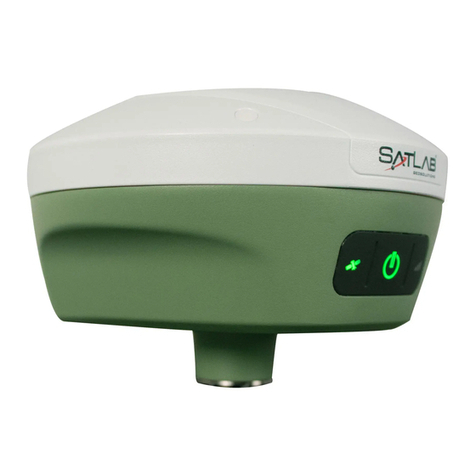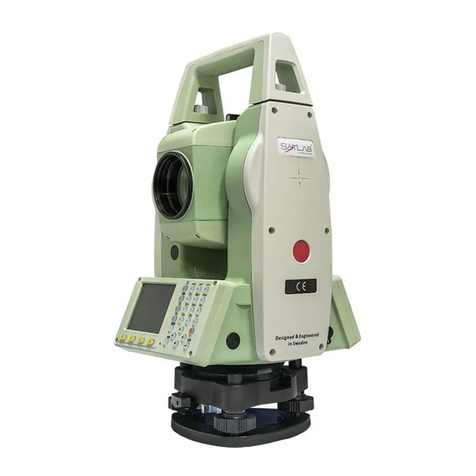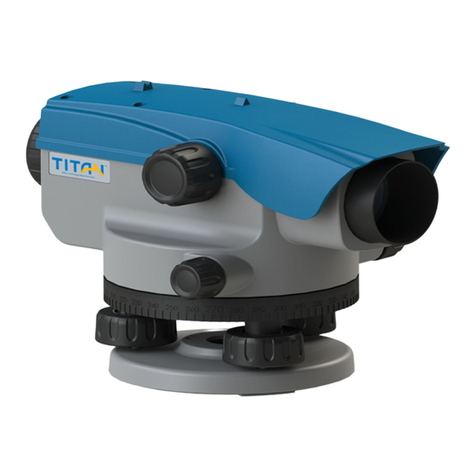
IX
3.3.2 Set Station and instrument height........................................- 37 -
3.3.3 Measurement.......................................................................- 39 -
3.3.4 Code....................................................................................- 40 -
4 Functions...................................................................................................- 44 -
4.1 Level ..............................................................................................- 45 -
4.2 Offset..............................................................................................- 45 -
4.2.1 Distance Offset....................................................................- 46 -
4.2.2 Cylinder Offset....................................................................- 48 -
4.2.3Angel Offset........................................................................- 50 -
4.3 NP/PToggle...................................................................................- 54 -
4.4 Height Transfer ..............................................................................- 55 -
4.5 Hidden Point ..................................................................................- 60 -
4.6 Free Coding....................................................................................- 63 -
4.7 Laser Pointer..................................................................................- 63 -
4.8 Light...............................................................................................- 64 -
4.9 Unit Setting....................................................................................- 64 -
4.10 Main Setting.................................................................................- 65 -
4.11 EDM Tracking..............................................................................- 65 -
5 Applications ..............................................................................................- 67 -
5.1 Setting the Job................................................................................- 67 -
5.1.1 Create a new Job.................................................................- 67 -
5.1.2 Select an Existing Job from Memory..................................- 69 -
5.2 Setting the Station..........................................................................- 71 -
5.2.1 Select the coordinate from memory [Find].........................- 71 -
5.2.2 Select the Fix Point in the Memory [List]...........................- 75 -
5.2.3 Input the coordinates manually. ..........................................- 77 -






























